Common red soldier beetle (Rhagonycha fulva)
Here’s a detailed overview of the Common Red Soldier Beetle (Rhagonycha fulva), a familiar and beneficial insect in European grasslands and gardens:
🪲 Common Red Soldier Beetle (Rhagonycha fulva)
🔹 Taxonomy
- Order: Coleoptera (Beetles)
- Family: Cantharidae (Soldier beetles)
- Genus: Rhagonycha
- Species: Rhagonycha fulva
- Authority: (Scopoli, 1763)
🔹 Common Names
- Common Red Soldier Beetle
- Bloodsucker Beetle (misleading—does not bite or suck blood)
- Red-headed Soldier Beetle
🔹 Identification
- Size: 7–10 mm in length
- Color:
- Bright red-orange body
- Black-tipped elytra (wing cases)
- Soft, flexible wing cases — unlike the hard ones in most beetles
- Long black legs and antennae
- Shape: Narrow and elongate with a flattened profile
🔹 Distribution
- Widespread across Europe, also introduced to:
- Parts of Asia Minor
- Eastern North America (as a non-native species)
- Very common in Britain, Ireland, Central and Northern Europe
🔹 Habitat
- Favors sunny, flower-rich habitats, including:
- Grasslands
- Meadows
- Road verges
- Gardens and allotments
- Hedgerows and woodland edges
🔹 Life Cycle & Behavior
🪲 Adult Activity
- Seen from June to August, peaking in mid-summer
- Found in abundance on open flowers, especially:
- Hogweed (Heracleum)
- Cow parsley (Anthriscus)
- Thistles, daisies, wild carrot
🍽️ Feeding
- Adults feed on:
- Pollen and nectar
- Small insects, aphids, and other soft-bodied invertebrates
- Larvae are carnivorous, living in the soil and feeding on:
- Slugs
- Snail eggs
- Insect larvae
🐣 Reproduction
- Mating is common and conspicuous on flowers in summer
- Eggs laid in soil or leaf litter
- Larvae develop over winter, pupate in spring, and emerge as adults in early summer
🔹 Ecological Role
- Pollinator: Frequently visits flowers for nectar
- Predator: Larvae and adults help control aphids and pests
- Prey: Eaten by birds, spiders, and other predators
- An important part of meadow and garden ecosystems
🔹 Similar Species
- Other soldier beetles in the genus Rhagonycha or Cantharis (e.g. Cantharis livida)
- Rhagonycha fulva is uniquely:
- Red-orange with dark wing tips
- Found in large numbers, often mating in clusters
🔹 Fun Facts
- Often called the “Hogweed Bonking Beetle” in the UK due to how often it’s seen mating on umbellifers
- Despite its bright warning colors, it’s harmless to humans
- Its soft, flexible elytra allow it to fly easily between flowers
📸 Observation Tips
- Visit wildflower meadows or field margins in July and August
- Look for them on hogweed, yarrow, wild carrot, or Queen Anne’s lace
- They are often abundant and easy to photograph
Visited 3 times, 1 visit(s) today
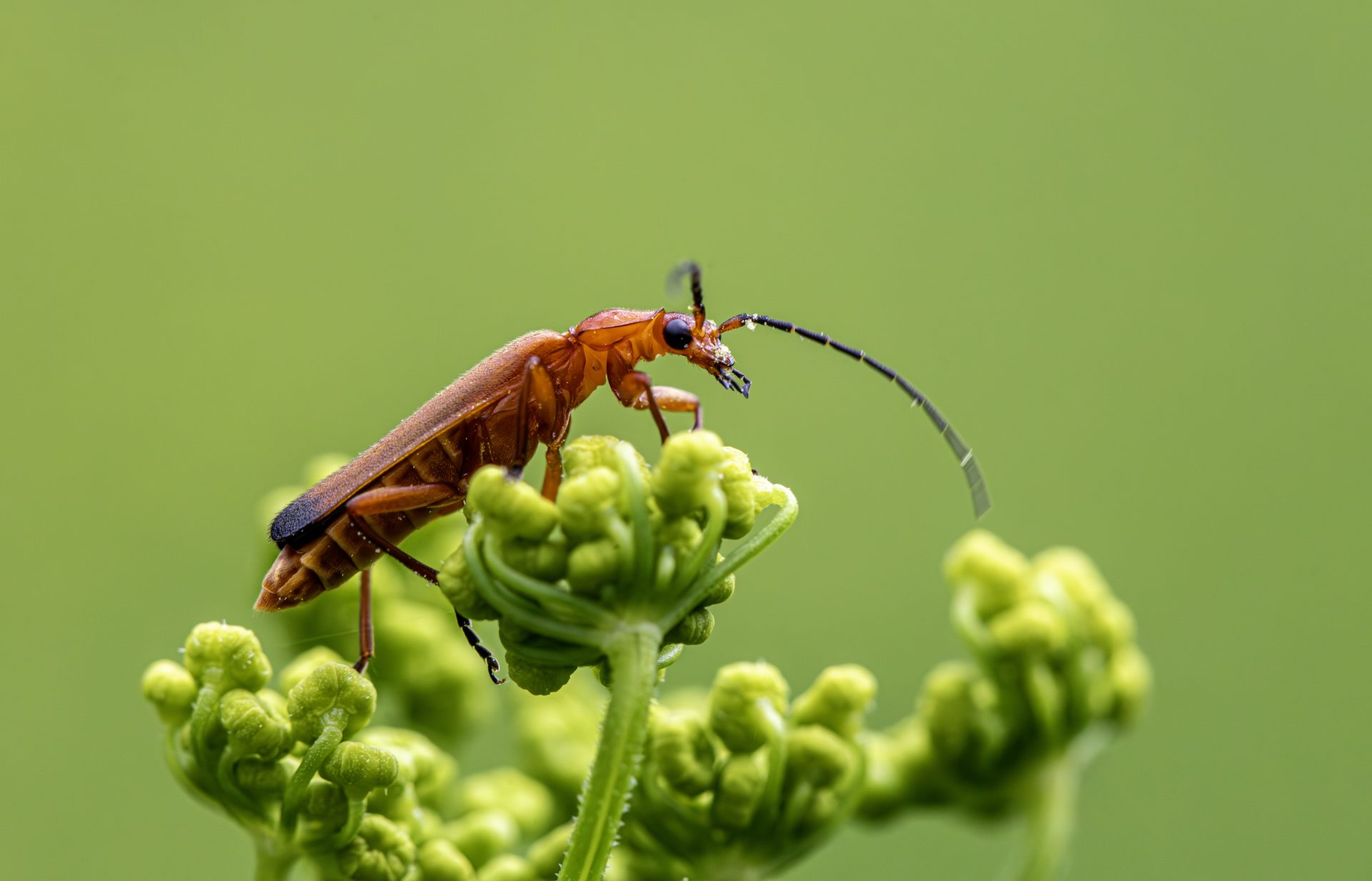
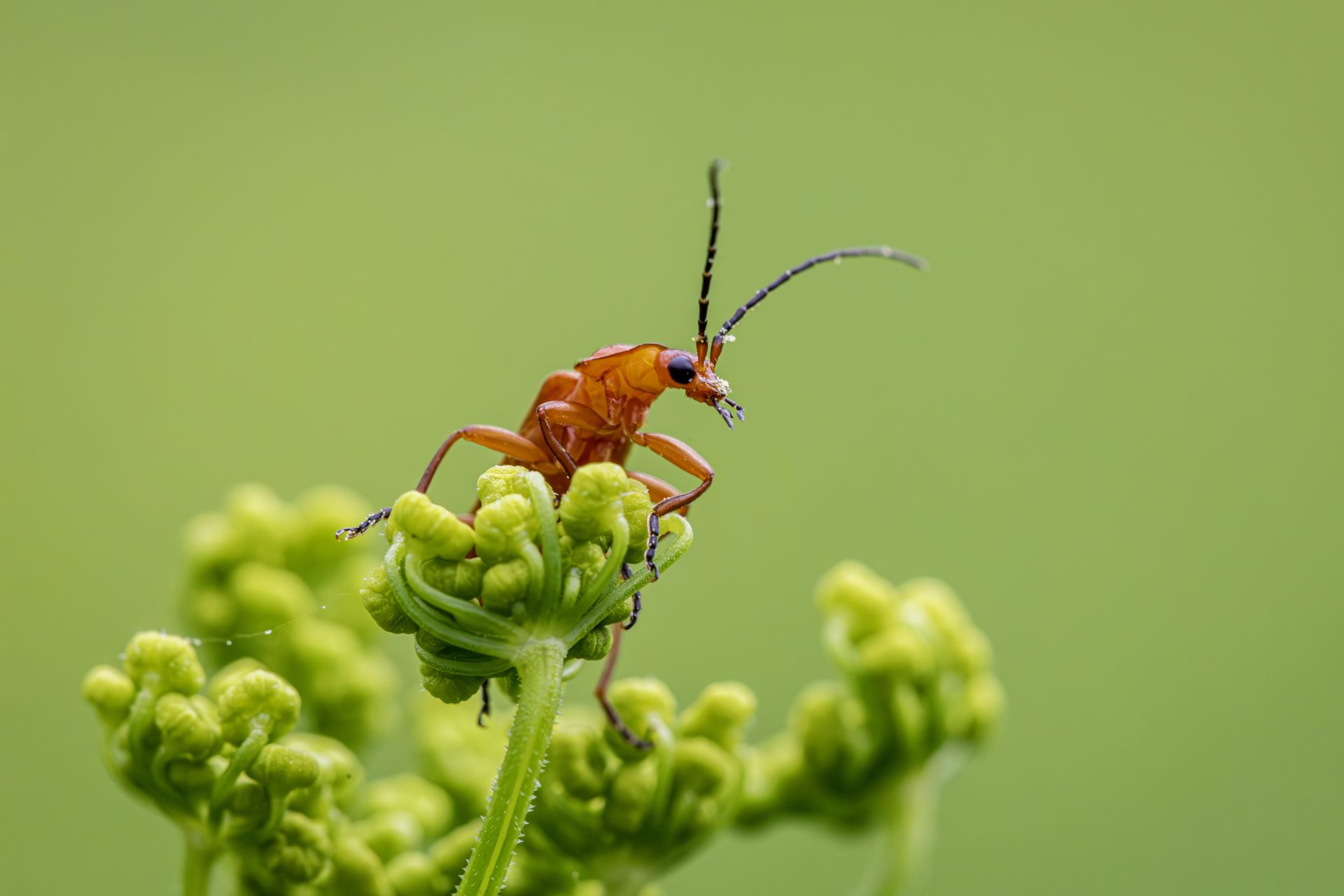
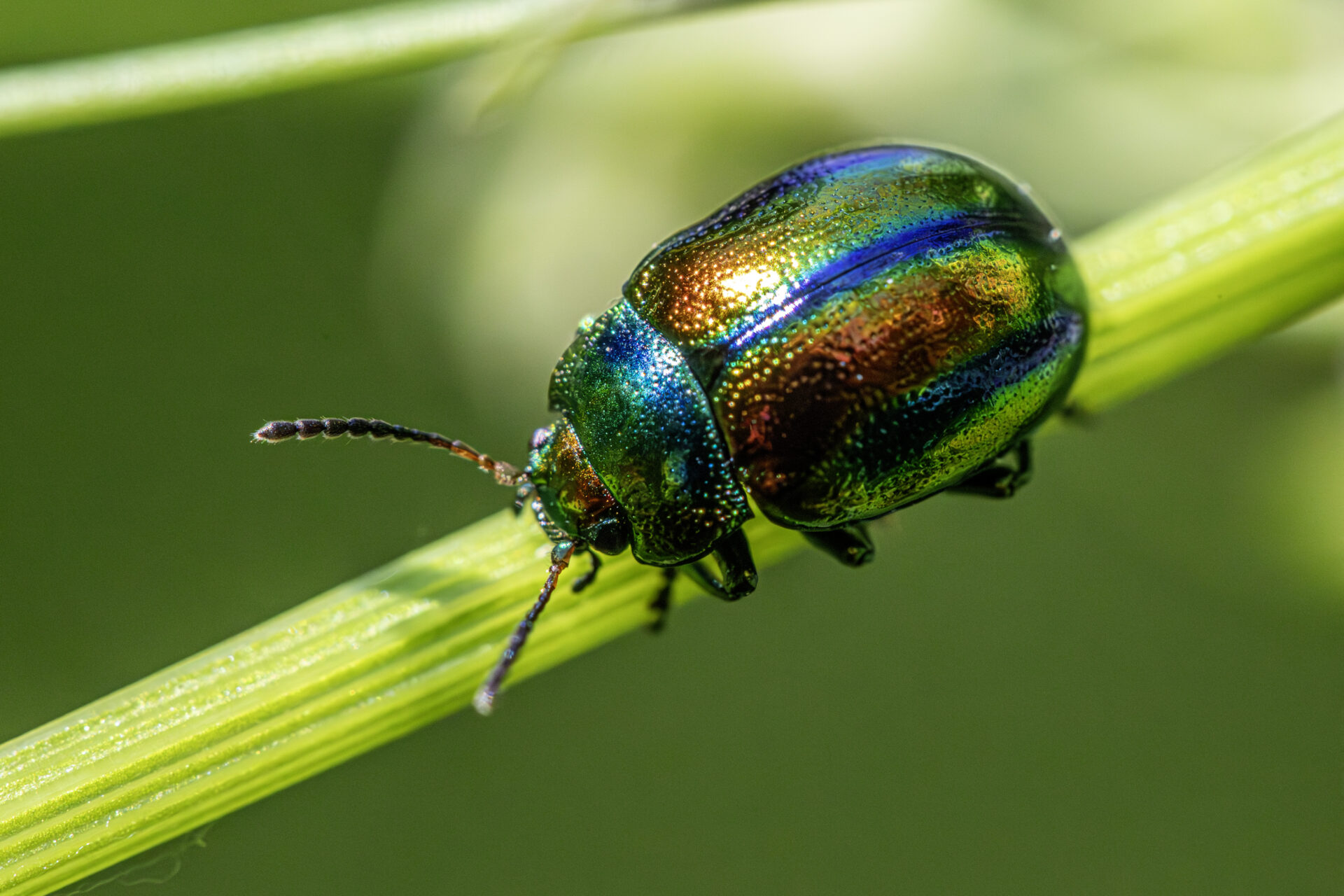
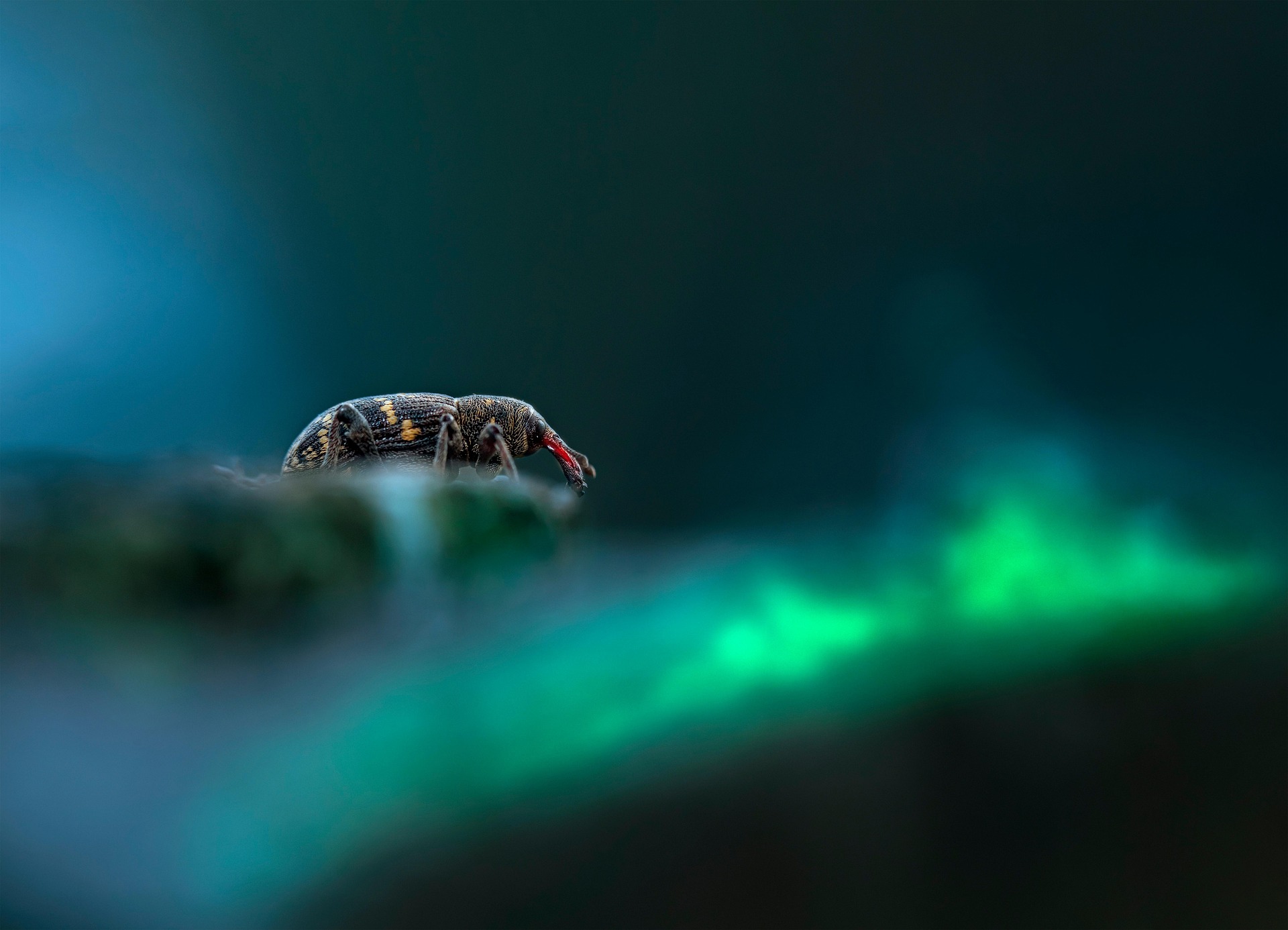
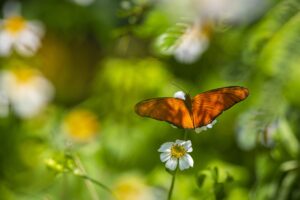
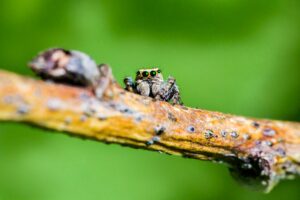
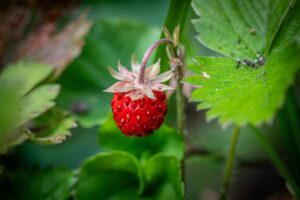
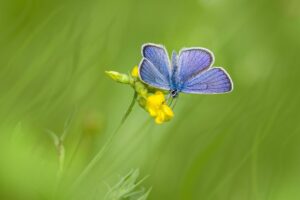
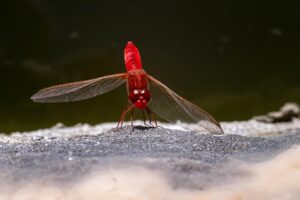
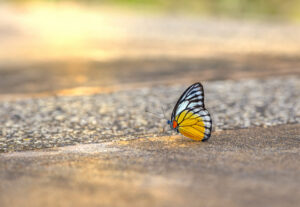
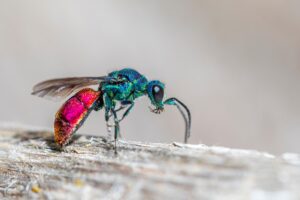
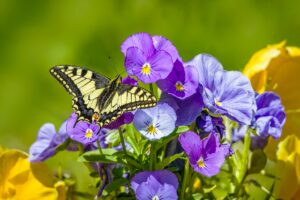
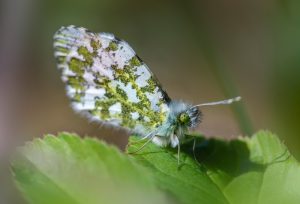
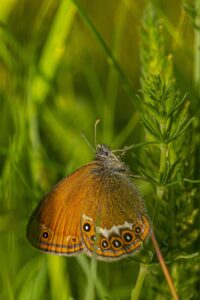
Post Comment